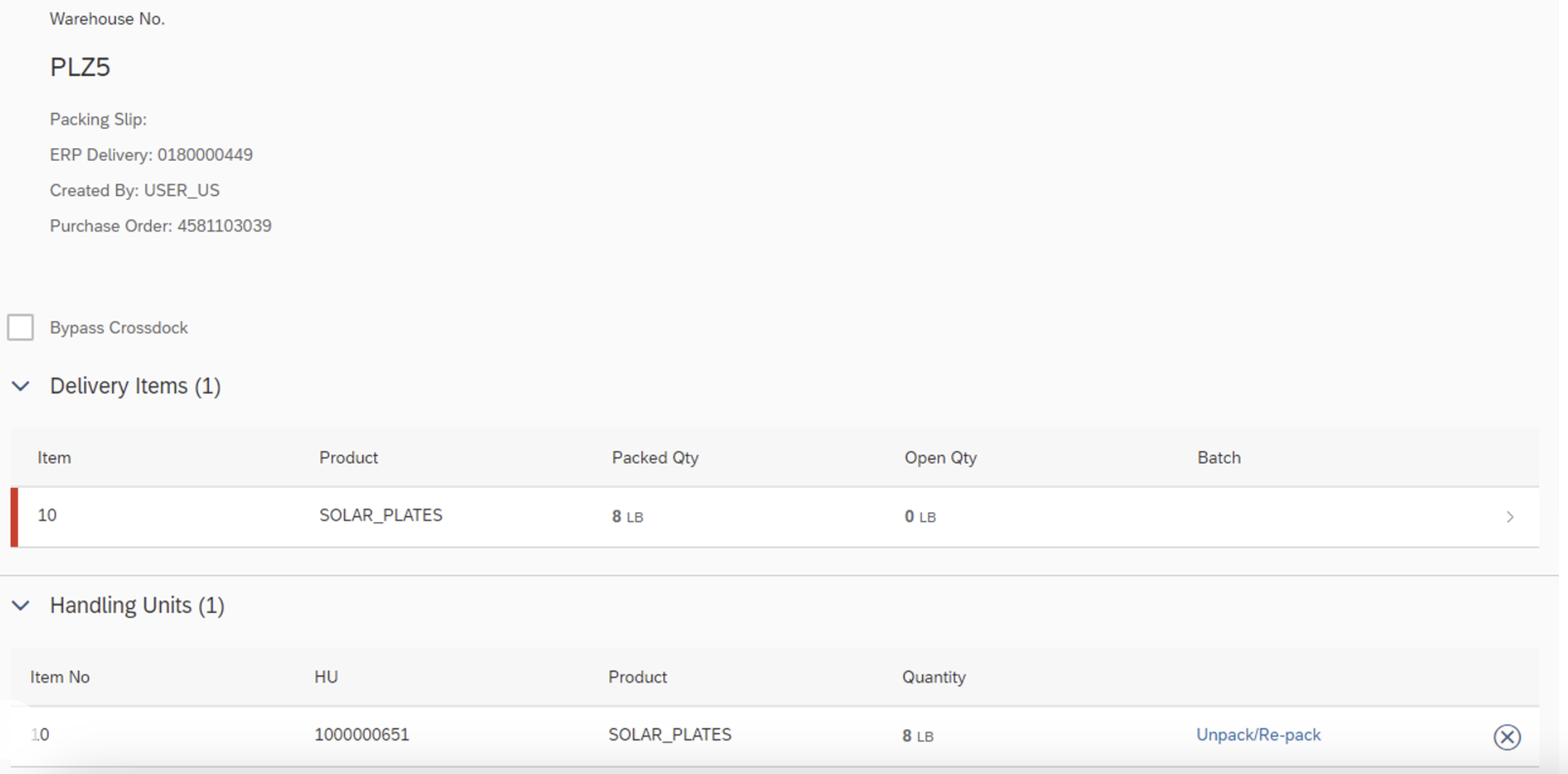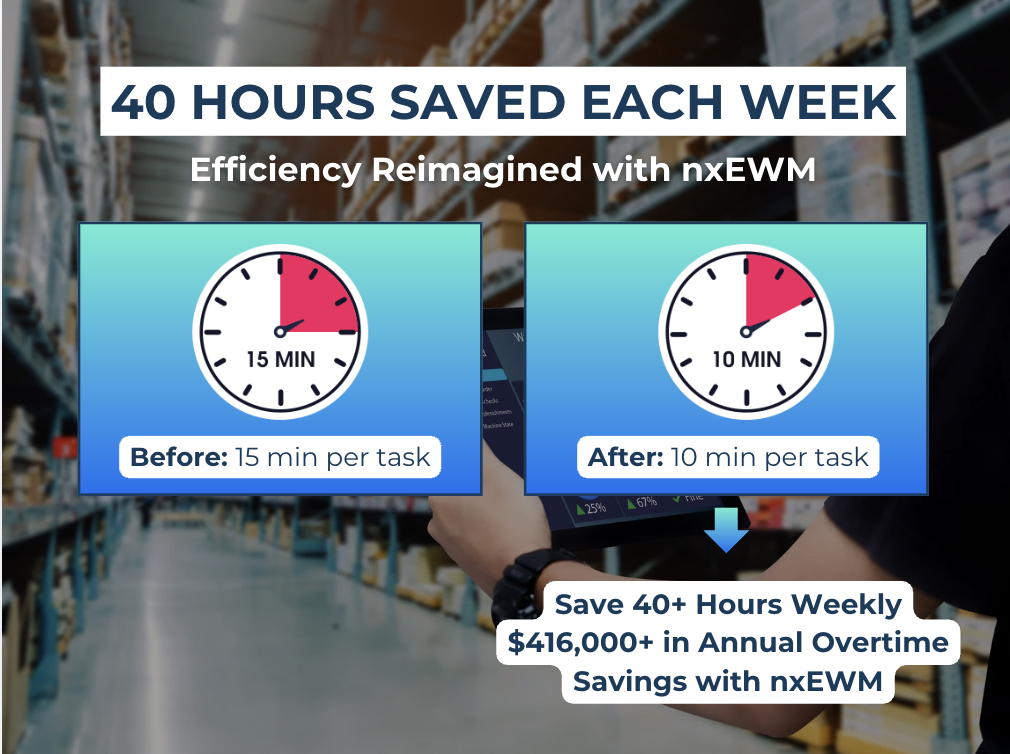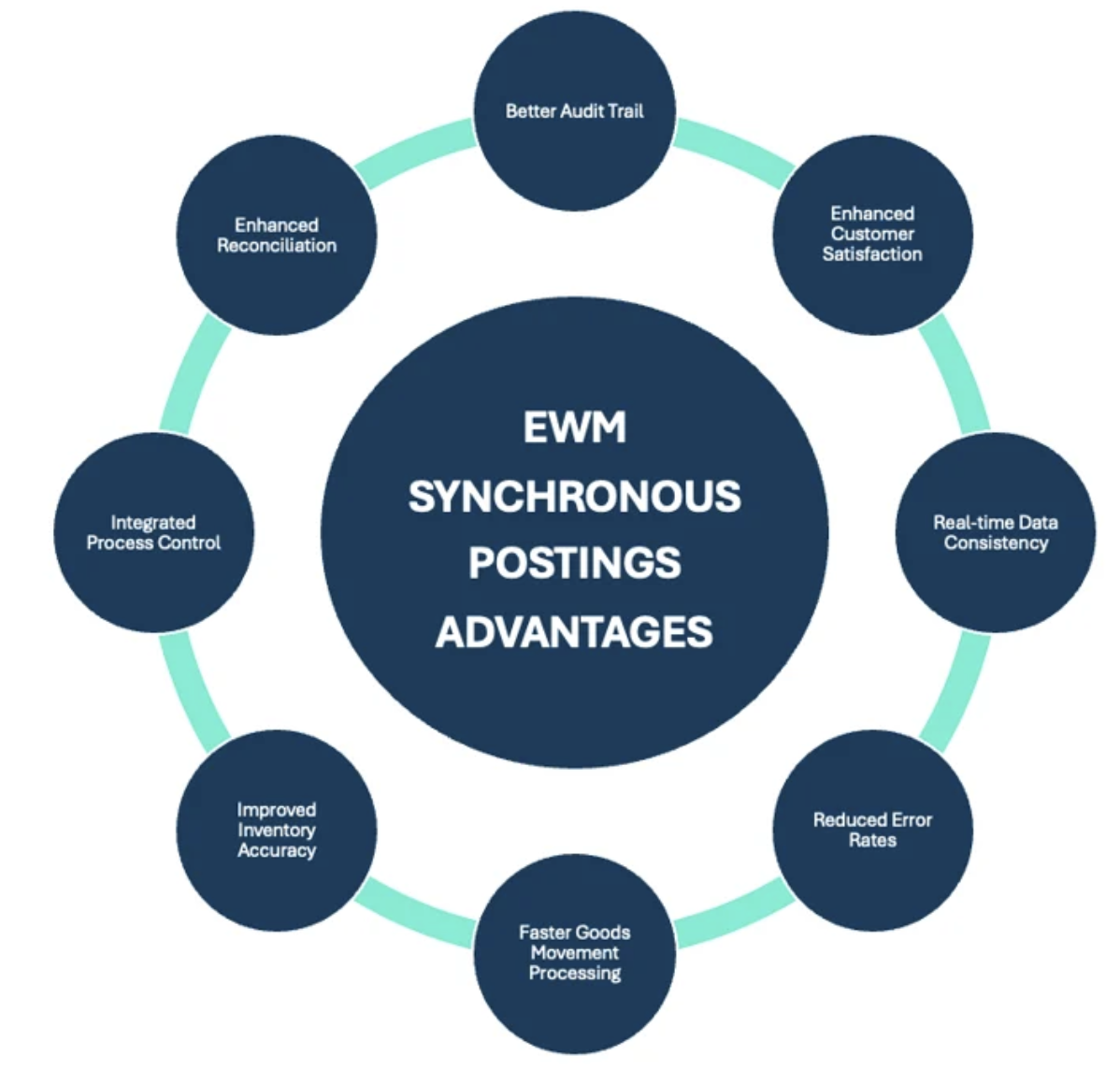1 min read
Streamlining Warehouse Billing with SAP S/4HANA Integration
Bhanu Chander Keerthi : Feb 14, 2024 1:37:17 PM

Problem Statement:
Our client faced a significant challenge: inefficiently calculating charges for logistics services provided to their customers.
Solution Offered:
We implemented the standard Warehouse Billing Function within SAP S4/HANA to address this issue.
The Challenge with Outsourced Logistics:
It's a common practice for companies to outsource logistics or warehouse operations. Service providers charge customers based on the warehouse services rendered. Yet, translating these services into measurable parameters for billing has always been tricky.
Our Approach to SAP Integration:
SAP has developed a seamless solution by integrating Extended Warehouse Management (EWM) with Transportation Management (TM). This integration enables the calculation of warehouse billing based on various factors like stock quantity, packing, and goods movement.
Process Overview:

- Establishing a Forwarding Agreement: In the embedded TM, we create a forwarding agreement detailing the charge types, which is then released to EWM.
- Measurement Request: A Warehouse Billing Measurement Request (WBMR) is generated in EWM, referencing the forwarding agreement in TM.
- Data Snapshot: EWM takes a snapshot of data to determine the quantity of warehouse services provided.
- Billing Measurement: EWM generates a Warehouse Billing Measurement (WBM), which is then shared with TM.
- Charge Calculation: TM creates a Forwarding Order and calculates charges using rate tables and a calculation sheet.
- Settlement Document Creation: From the Forwarding Order, a Forwarding Settlement Document (FWSD) is produced.
- Invoice Generation: The settlement document is transferred to SAP S4 to generate the customer invoice.
Business Benefits:
By leveraging supply chain efficiencies through outsourcing, LSPs can use data from EWM to calculate precise billing with TM's charge calculation. This results in accurate billing or self-billing, enhancing transparency and trust between service providers and their clients.
System Configuration:
To enable warehouse billing, specific settings must be configured within Transaction SOAMANAGER to facilitate message exchange between TM and EWM.


.png)
Pricing Procedure in MM with Discount, Surcharges, and Taxes

4 min read
EWM GR Mobile Application
Requirement To enable EWM Warehouse Inbound Activities on a Mobile App.

4 min read
How nxEWM Helps Companies Cut Overtime Costs and Boost Efficiency
In today's fast-paced logistics environment, Extended Warehouse Management (EWM) systems are vital in running operations smoothly. However, as...

3 min read

.png)
.png)